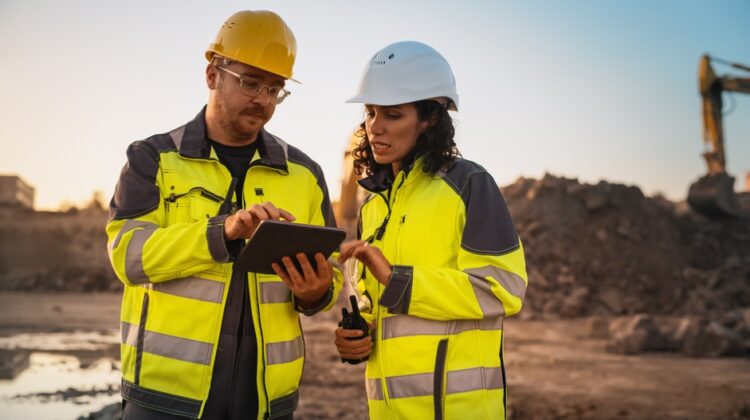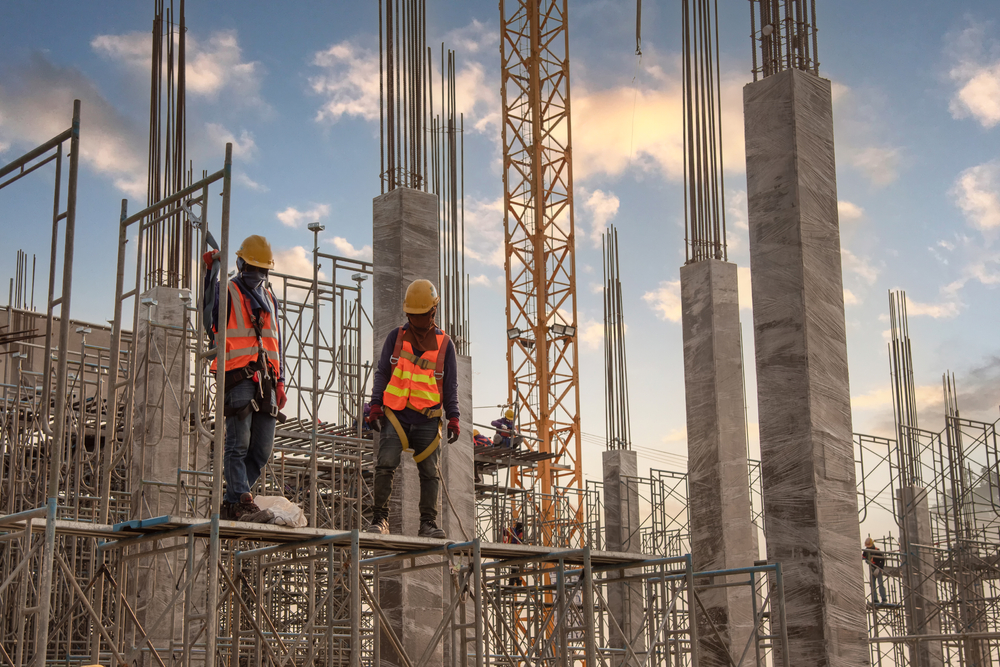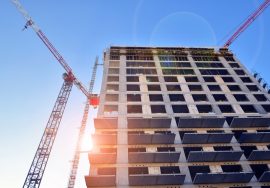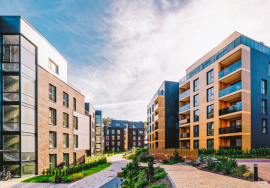
Noise Pollution Management in Construction
Noise Pollution Management in Construction
Construction plays a vital role in shaping cities and infrastructure, but it also brings challenges — one of the most significant being noise pollution. The constant operation of heavy machinery, demolition work, and vehicle movement generates high sound levels that affect both workers and nearby communities.
Implementing effective noise pollution management practices is essential to reduce disturbances, protect public health, and ensure compliance with environmental regulations. Sustainable projects prioritize not just energy efficiency and waste control but also noise pollution management as part of a holistic environmental approach.
What Is Noise Pollution in Construction?
Noise pollution in construction refers to unwanted or excessive sounds produced during building activities such as excavation, piling, concreting, or material handling. Unlike air or dust pollution, noise is invisible but equally harmful. Prolonged exposure can lead to hearing loss, sleep disturbances, and stress among workers and residents.
Therefore, adopting noise pollution management methods is critical for achieving environmental sustainability and maintaining community harmony around construction sites.
Sources of Noise Pollution on Construction Sites
Understanding where noise originates helps in developing targeted noise pollution management strategies. Major sources include:
1. Heavy Equipment and Machinery
Bulldozers, cranes, excavators, and concrete mixers produce continuous loud noise during operations.
2. Demolition Activities
Breaking down structures or pavement generates sharp, high-decibel sounds that can easily exceed safe limits.
3. Vehicle Movement
Frequent movement of trucks and loaders around the site contributes significantly to ambient noise levels.
4. Piling and Drilling
These processes often generate vibrations and loud impacts, affecting both the structure and nearby residents.
5. Construction Work Scheduling
Performing high-noise activities during early morning or late-night hours amplifies disturbance and public complaints.
Effective Noise Pollution Management Techniques
Successful noise pollution management requires combining technology, planning, and awareness. Below are key measures that can help control noise at construction sites:
1. Use of Noise Barriers
Installing temporary or permanent barriers like acoustic panels, walls, or green fences helps absorb and deflect sound waves. These noise pollution management tools are essential near residential zones.
2. Equipment Maintenance
Regular maintenance of engines, mufflers, and gears ensures machinery runs smoothly and produces less noise.
3. Low-Noise Equipment
Modern electric and hybrid machinery produces significantly less sound compared to diesel-powered versions. Adopting low-emission and low-noise construction equipment is a sustainable solution.
4. Smart Scheduling
Planning noisy activities during daytime hours and avoiding work near schools or hospitals during peak times reduces community disturbance.
5. Site Layout Optimization
Positioning noisy equipment away from site boundaries helps minimize the transmission of sound to neighboring areas.
6. Worker Protection
Providing workers with personal protective equipment (PPE) like earplugs or earmuffs is an essential part of noise pollution management for occupational health.

Importance of Noise Pollution Management
The benefits of implementing noise pollution management extend beyond compliance:
-
Health Protection: Prevents hearing loss and stress-related issues among workers and the public.
-
Legal Compliance: Meets guidelines from pollution control authorities and avoids penalties.
-
Enhanced Productivity: A quieter work environment improves focus and efficiency.
-
Community Relations: Reduces public complaints and builds trust with local communities.
-
Sustainable Construction: Complements other eco-friendly measures like dust control, waste management, and energy efficiency.
In short, noise pollution management contributes to both environmental and social well-being.
Noise Pollution Regulations in India
India has strict laws governing noise pollution management at construction sites. The Central Pollution Control Board (CPCB) enforces permissible sound limits for industrial and residential areas. Construction sites must adhere to these limits and operate noisy machinery only between 6 AM and 10 PM.
State-level authorities and local bodies like the Delhi Pollution Control Committee (DPCC) monitor compliance and can impose fines for violations. These regulations align with India’s broader goal of promoting sustainable and green construction practices.
Integrating Noise Control with Sustainable Design
Modern noise pollution management should be integrated into the planning and design stages of construction. Using smart building technology, prefabricated construction, and passive design approaches can significantly reduce on-site noise levels.
Additionally, incorporating green roofs, natural ventilation, and sustainable landscaping helps absorb sound while improving air quality — making buildings more eco-friendly and comfortable for occupants.
Partner with Experts in Sustainable Construction
At AMS India, we specialize in sustainable construction practices that address all forms of pollution — including noise, dust, and emissions. Our advanced pollution management strategies combine technology, compliance, and design innovation to ensure projects meet environmental and performance standards.
Whether it’s a residential tower or an industrial site, our team ensures your project remains efficient, compliant, and community-friendly.
Conclusion
As cities continue to expand, the need for effective pollution management in construction becomes increasingly urgent. By implementing advanced control measures, adhering to regulations, and integrating sustainable technologies, builders can minimize noise while maximizing productivity and safety.
In the long run, successful pollution management not only safeguards health and the environment but also defines the future of responsible, sustainable urban development.
Read more related articles to enhance your knowledge and make informed decisions
Cost-Effective Modular Construction: Fast, and Sustainable Building Solutions
Smart Modular Buildings: Innovative, Efficient, and Sustainable Construction








